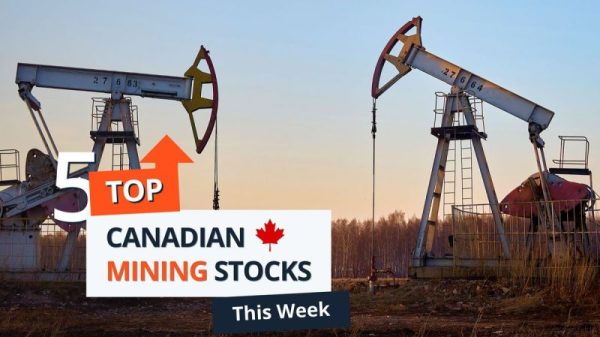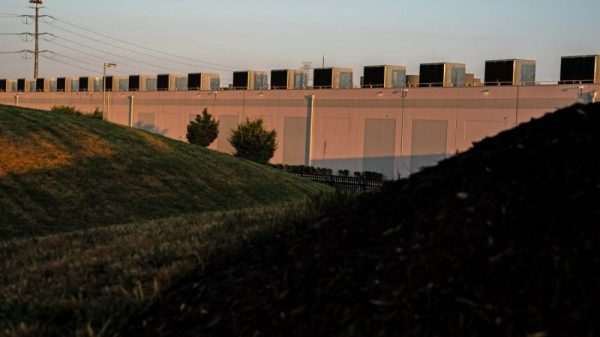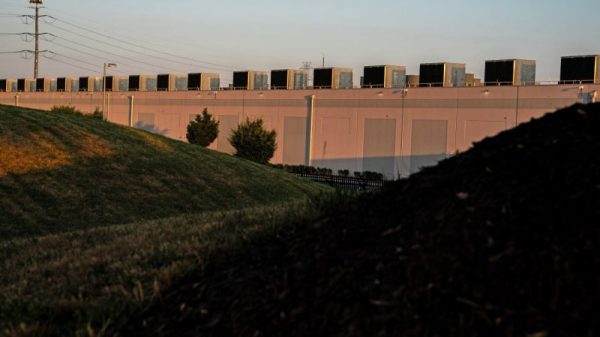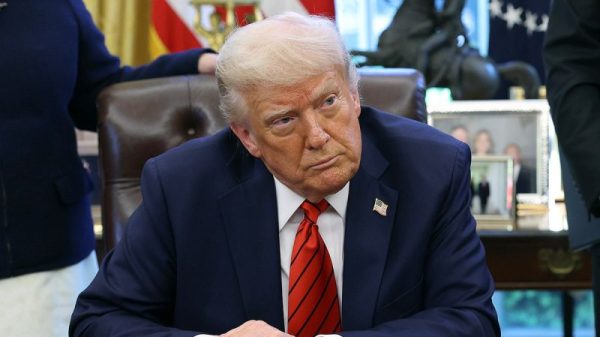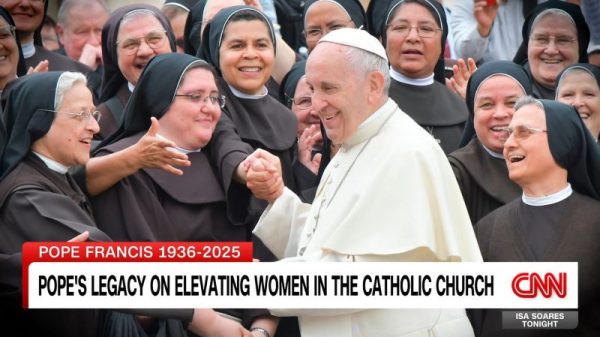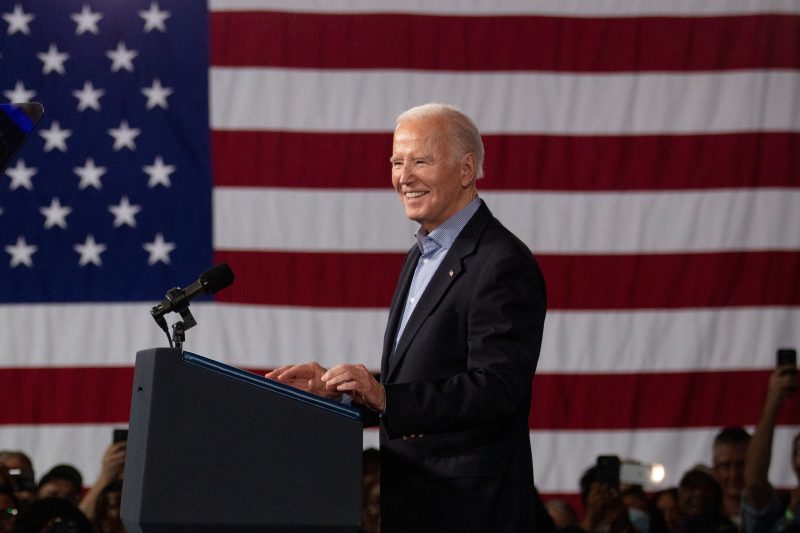President Biden heads to Milwaukee on Wednesday to highlight an economic strategy aimed at revitalizing communities that for decades have been cut off from the nation’s growing prosperity.
Biden is scheduled to speak at a Boys and Girls Club of Greater Milwaukee in a largely Black and Latino neighborhood where 17,000 homes and 1,000 businesses were destroyed in the 1960s to make way for an interstate highway.
The president is scheduled to unveil $3.3 billion in federal grants to remove or retrofit highways that separate minority neighborhoods in many cities from jobs, entertainment centers, hospitals and other services.
“The very fact that American English has the phrase ‘wrong side of the tracks’ tells you everything you need to know about our awareness in this country of how infrastructure can divide just as sure as it can connect,” Transportation Secretary Pete Buttigieg told reporters Tuesday.
Milwaukee is one of 132 communities in 40 states that will benefit from the Transportation Department program, which is among a number of new federal initiatives designed to aid places suffering long-term economic ills, officials said.
Biden’s embrace of strategies aimed at spurring development in specific locations marks a significant shift in U.S. policy, part of the broadest government intervention in the economy in at least four decades — and one with significant political overtones. States such as Wisconsin are critical to Democratic hopes in November. Biden’s appeal to Milwaukee’s large number of Black voters may decide his fate there.
The administration’s “place-based” approach to economic development has multiple goals.
Using a mix of spending and tax credits in three major pieces of legislation, the administration aims to spread prosperity more evenly, rebuild communities devastated by the loss of factory jobs, and prevent blight in areas that otherwise would suffer during the transition to cleaner energy sources.
If it succeeds, the effort could help heal an economic divide that has fueled political resentment and convinced millions of Americans that Washington abandoned them to decay.
“People and capital are trapped in places where the prospects are not that good,” said economist Simon Johnson of the Massachusetts Institute of Technology. “This is a big country with a lot of space. Let’s have economic development where people want it.”
But in seeking to focus federal power on reviving downtrodden communities, the president is gambling on a set of policies with a mixed track record. Even its supporters acknowledge that Washington may struggle with the mammoth decades-long effort some distressed areas require.
“This is just not something that happens overnight. We should be thinking of this in a multigenerational context,” said John Lettieri, chief executive of the Economic Innovation Group.
The political stakes for Biden’s visit to Milwaukee are also evident.
The president is making the grants announcement during a two-day swing through a pair of battleground states. He will stay Wednesday night in Wisconsin and attend a campaign-related event Thursday in Saginaw, Mich.
His campaign announced this week that it was basing its Wisconsin operation in Milwaukee, the most racially diverse city in the state, part of an effort to consolidate the coalition that helped Biden win Wisconsin by nearly 21,000 votes in 2020.
Biden has made addressing racial inequity a key aspect of his presidency — and of his reelection bid. He was elected in 2020, after the killing of George Floyd, amid calls for criminal justice, education and policing reforms.
Biden has failed to deliver on several matters of widespread importance to Black Americans and other minorities. There has been no significant police and criminal justice reform, and efforts to codify voting protections into federal law died in Congress.
But his aides say the administration has delivered other gains, including historic appointments to the Supreme Court and federal appeals courts, and selecting Kamala D. Harris as the first Black woman to be vice president. Biden also insists that equity is baked into laws like the Inflation Reduction Act.
Even as he battles for political support, the president is also intent on cementing his economic legacy. His industrial policies, including the place-based efforts, have reoriented Washington toward a more active economic role.
About 20 individual programs in the Bipartisan Infrastructure Law, the Inflation Reduction Act and the Chips and Science Act are likely to sprinkle tens of billions of dollars across the economy over the next half-decade, the largest such geographically focused effort in years.
“This is a sea change,” said Mark Muro, a senior fellow at the Brookings Institution.
Many of the programs, especially those aimed at promoting domestic semiconductor production, enjoy bipartisan support. But lawmakers have not always fully funded them.
In 2022, the Chips Act, for example, authorized $10 billion in funding over five years to establish 31 tech hubs in communities across the country, an effort to promote technology development outside Silicon Valley and other longtime industry centers.
But lawmakers ultimately appropriated just $500 million for the hubs. In October, the Commerce Department named sites in 32 states as eligible to apply to receive the first implementation grants of $40 million to $70 million each.
Economists traditionally favored targeting people rather than places for government help. But that began to change in recent years as the shared growth of the immediate post-World War II era gave way to a more uneven pattern. Some hard-hit areas — like former coal-mining towns or factory communities in the Midwest — suffered for years with low employment rates and chronic social ills.
Wednesday’s presidential visit to Milwaukee is part of an all-hands-on-deck administration effort to promote Biden’s economic policies. Treasury Secretary Janet L. Yellen is in Elizabethtown, Ky., visiting Advanced Nano Products, a maker of materials used in electric-vehicle batteries.
White House officials distinguish Biden’s approach from what they call the failed “trickle-down” policies of the past. Emphasizing low tax rates and deregulation while trusting the market to allocate capital to worthy projects resulted in lopsided national growth, they said.
A different approach centered on leveraging the advantages of specific communities will narrow the regional divide in economic outcomes, they say. Over the past few decades, as innovative technologies drove growth, jobs and wealth have become more concentrated in a few coastal cities while other areas languished.
Between 2005 and 2017, according to Brookings, about 90 percent of all high-tech jobs sprouted in five metro areas: Boston, San Francisco, San Jose, Seattle and San Diego.
Americans who once routinely moved in search of opportunity also became significantly less mobile as the high cost of housing in job-rich places often made relocation prohibitively expensive.
In 2022, just 8.7 percent of Americans moved — close to an all-time low — down from more than 20 percent in the mid-1980s, according to the Census Bureau.
“The market failure, we think, is pretty clear,” said a White House official, who spoke on the condition of anonymity to discuss the initiative.
Biden’s approach concentrates on helping downtrodden communities by improving outdated roads, bridges and telecom connections; attracting private funds to invest alongside the government; and eliminating physical barriers to opportunities, such as the interstate highways that plowed through many African American neighborhoods in the 1950s and 1960s.
Officials say they intend to “stack” or combine multiple federal initiatives in a single location in hopes of overwhelming entrenched problems. In a recent speech, the director of the National Economic Council, Lael Brainard, cited Milwaukee and Allentown, Pa., as evidence of early success.
These place-based strategies draw on lessons of the past in a bid to equip the economy for a better future. In 1933, President Franklin D. Roosevelt signed legislation establishing the Tennessee Valley Authority, which spurred regional development with electrification and flood control. In the 1960s, the Appalachian Regional Commission helped spur highway construction across one of the nation’s poorest areas.
“TVA and ARC both worked. Of course, they were a sizable amount of resources,” said Tim Bartik, senior economist with the W.E. Upjohn Institute for Employment Research.
Other geographically targeted initiatives have drawn more criticism. President Donald Trump’s 2017 tax legislation created “Opportunity Zones,” which were intended to benefit low-income areas. But they were criticized for facilitating investments that mostly would have happened in any case.


